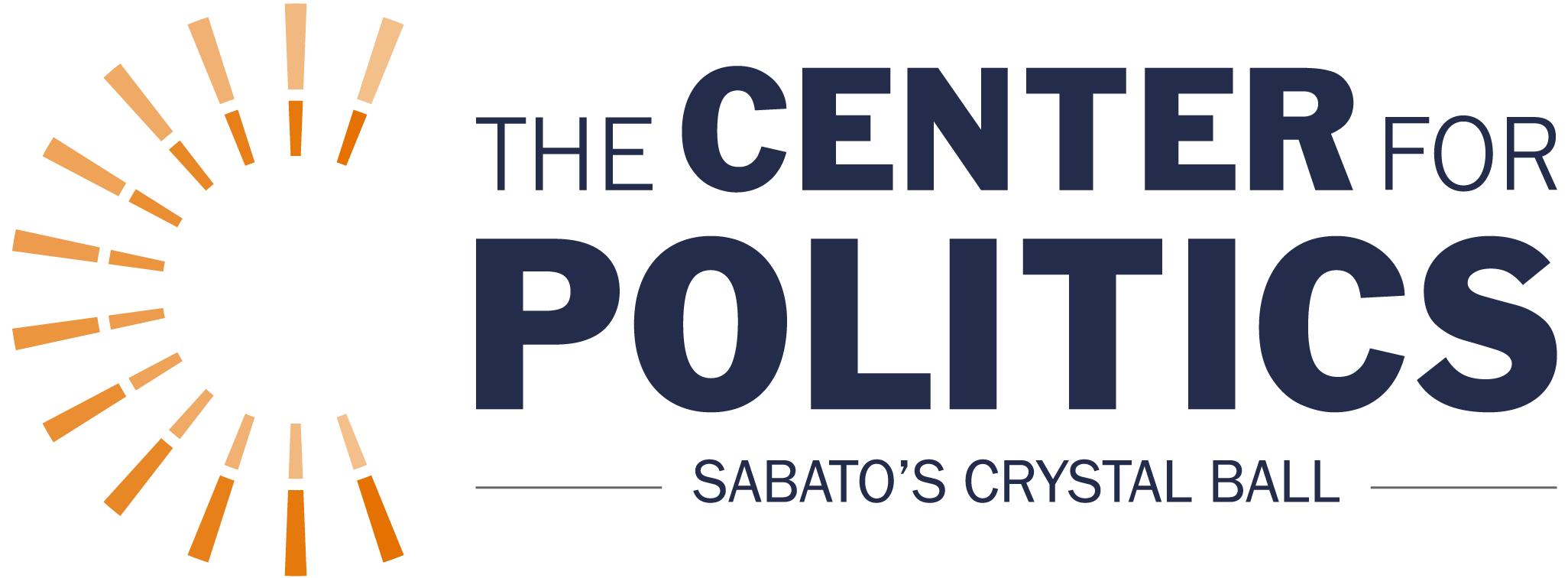How the Other Half Votes: The East
Dear Readers: Join us on Tuesday, April 11 for a conversation with Nguyen Quoc Dzung, ambassador of Vietnam to the United States. The ambassador will speak on the relationship between Vietnam and the U.S. and issues impacting Vietnam and Southeast Asia. The program begins at 6:30 p.m. eastern at Minor Hall, Room 125, on the Grounds of the University of Virginia. It is free and open to the public to attend with advanced registration through Eventbrite; it will also be livestreamed at https://livestream.com/tavco/ambassadorofvietnam. — The Editors KEY POINTS FROM THIS ARTICLE — After looking at the Midwest last week, we’re comparing the presidential voting trajectory of the bigger counties versus the rest of the state in a number of eastern states. — Georgia had exactly opposite top and bottom halves in 2020, with a very Republican (but stable) bottom half and Democratic-trending top half driven by changes in Atlanta. — North Carolina and Pennsylvania are mirror images on opposite sides of the political divide. — Florida’s turn toward the Republicans has been a bit more pronounced in its top half of bigger counties compared to its bottom half, making it an outlier among the states we’ve studied. — South Carolina’s
